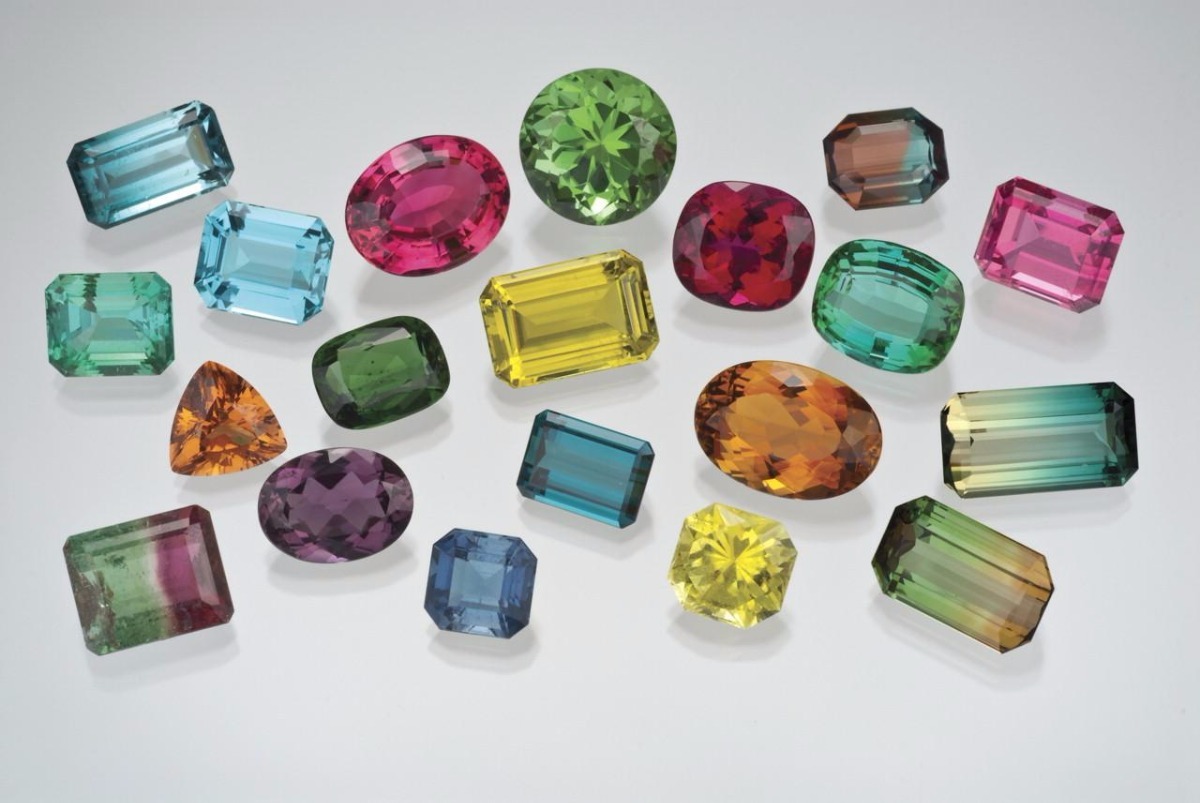When you think of tourmaline, what color comes to mind first? Is it the raspberry red hues of rubellite? The neon electric blues of specimens from Paraiba? or is it the multi-colored elongated crystals of liddicoatite?
Tourmaline isn't a single gemstone species, it's actually a group. Specifically, it's a boron-silicate group that has a lot of different species and many different varieties, which can all possess a large diversity of colors, inclusions and appealing factors.
Tourmaline though, is the term people are most familiar with. Not many who buy tourmaline jewelry refer to a species specifically by name- examples of which would be elbaite, or dravite. These names are not really used in mainstream jewelry very much.
Certain trade-locality names like Paraiba, named after the vibrant green-to-blue specimens from Brazil's Paraiba area, have become popularly used as well. Paraiba tourmaline is now one of the most expensive kinds of tourmaline.
Other names like indicolite (normal blue) and verdelite (normal green) are also sometimes used for both jewelry and loose-stone trading at gem fairs and shops, but the group name 'tourmaline' is by far the most popularly used name for this gemstone.
Tourmaline is probably the (if not one of the) largest group of gem-worthy minerals out there, with colors ranging from black (schorl) to colorless (achroite), and nearly every color of the rainbow.
It can compete with the upper tiers of colored stones in terms of value, and can also provide slightly more affordable alternatives to traditional gems like ruby or emerald. Tourmaline is one of the fastest growing gems today, in terms of recognition amongst new jewelry collectors and enthusiasts.
Here at Gemcamp, we do see many colored gemstones being brought in for testing, tourmaline being one of the fairly common ones. One of its most defining gemological traits is a very consistent level of birefringence or double refraction, which can be spotted even in faceted gems.

